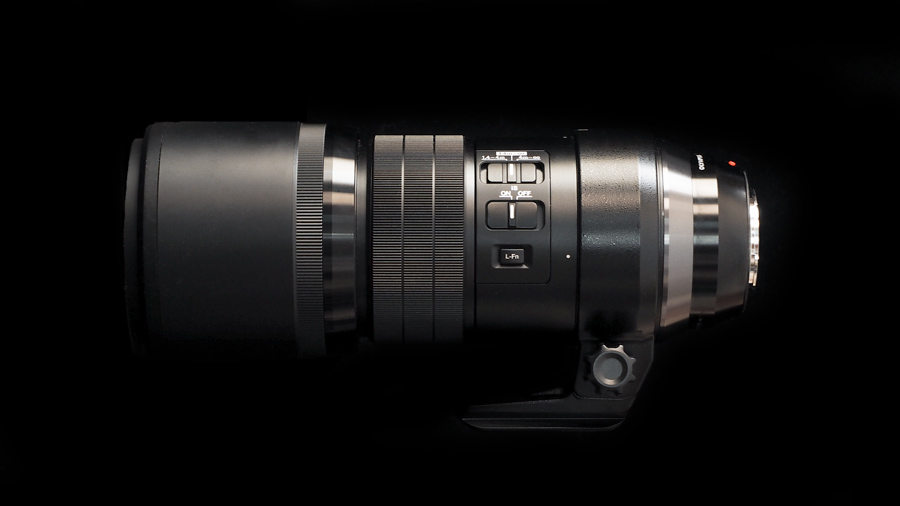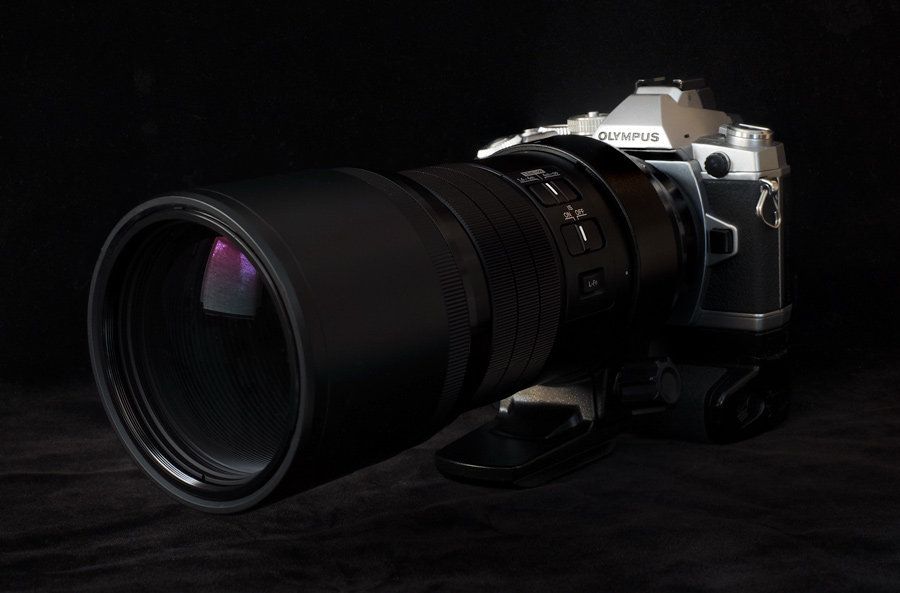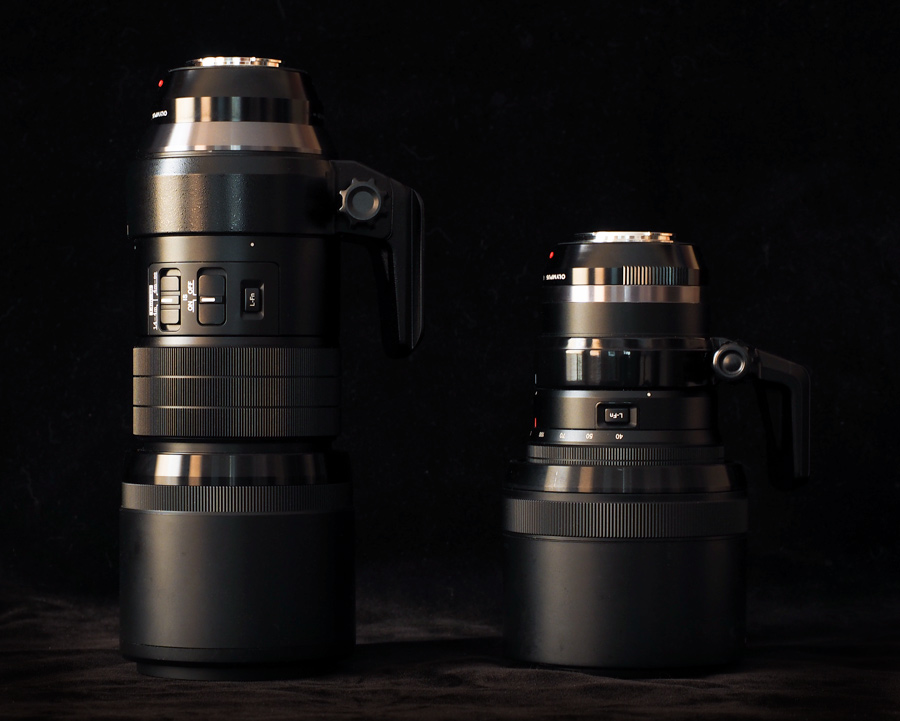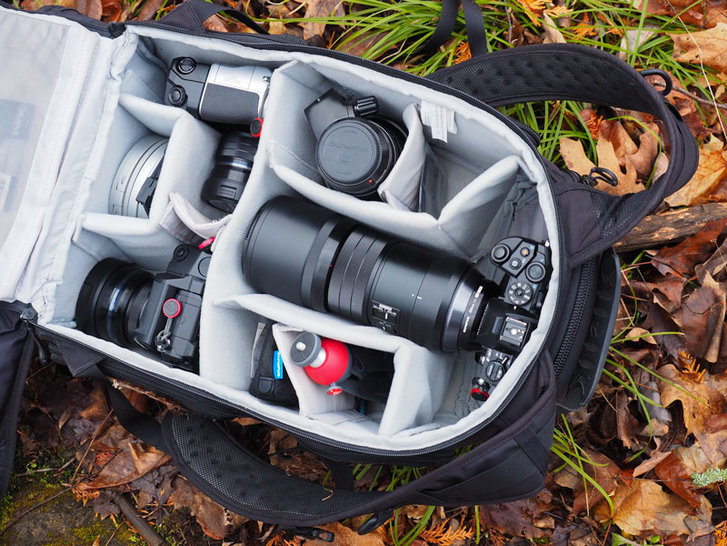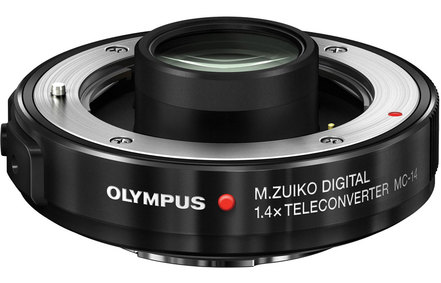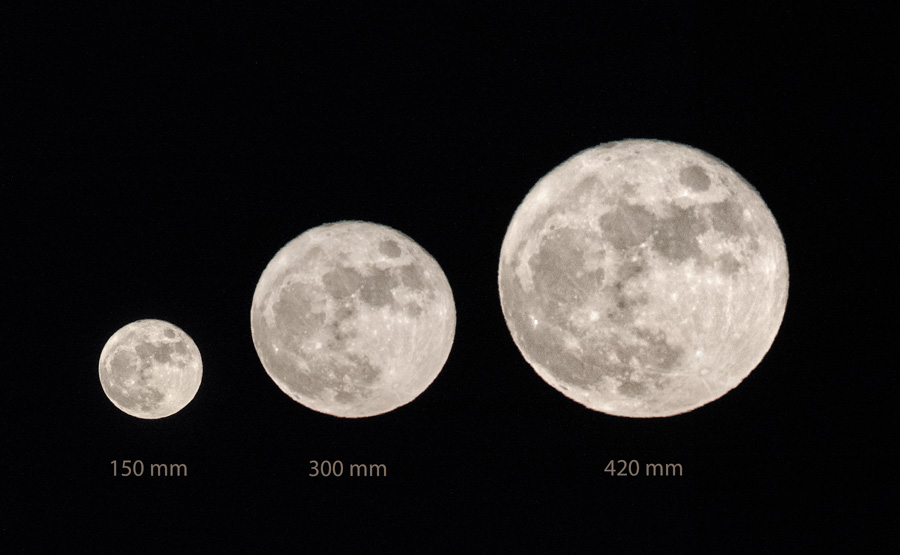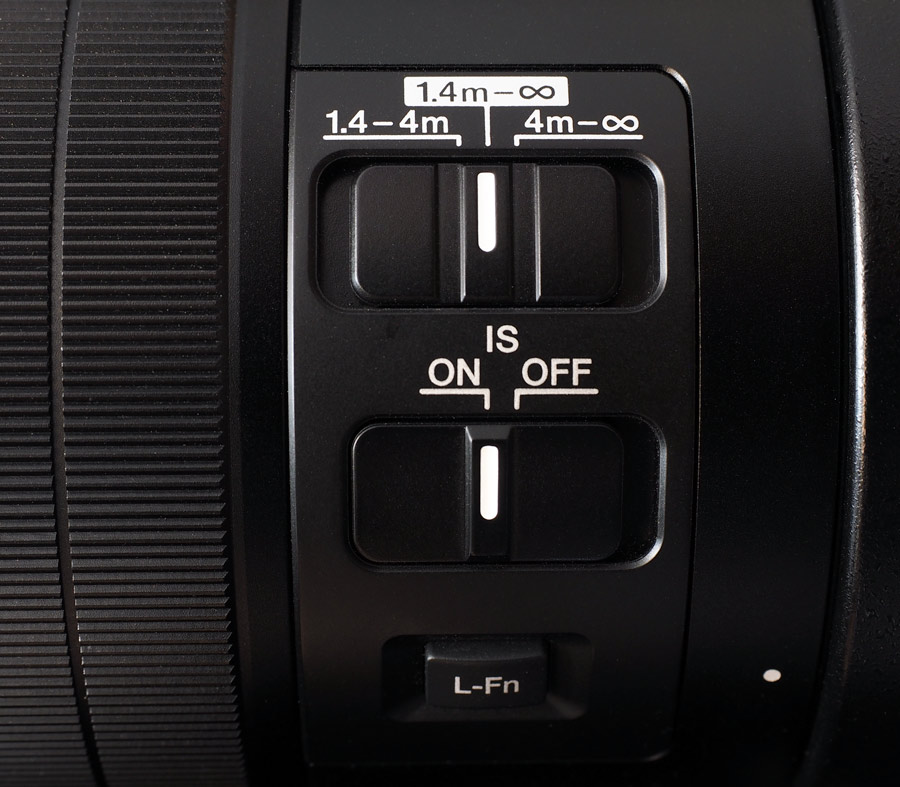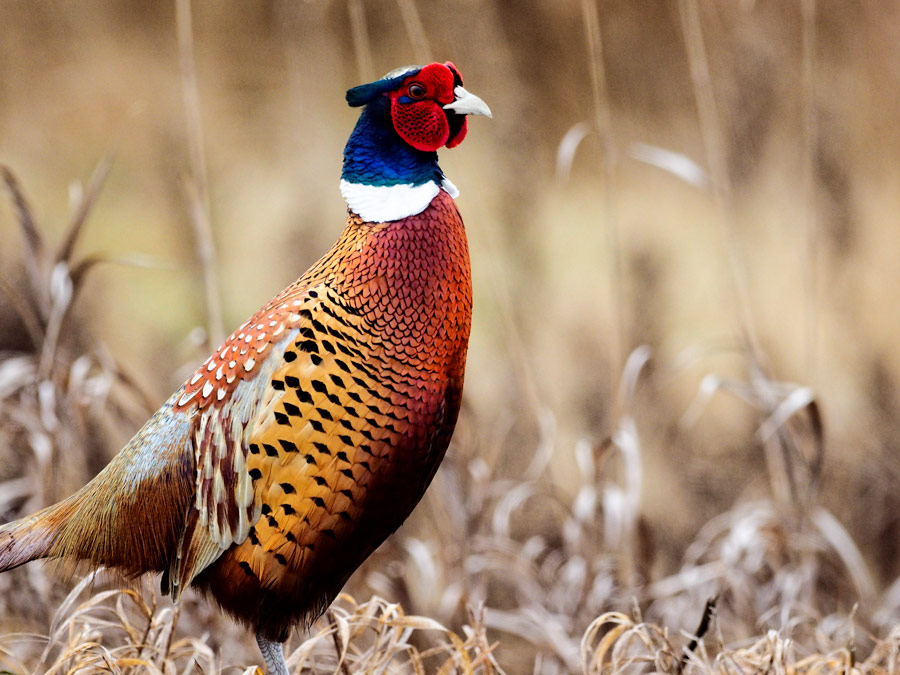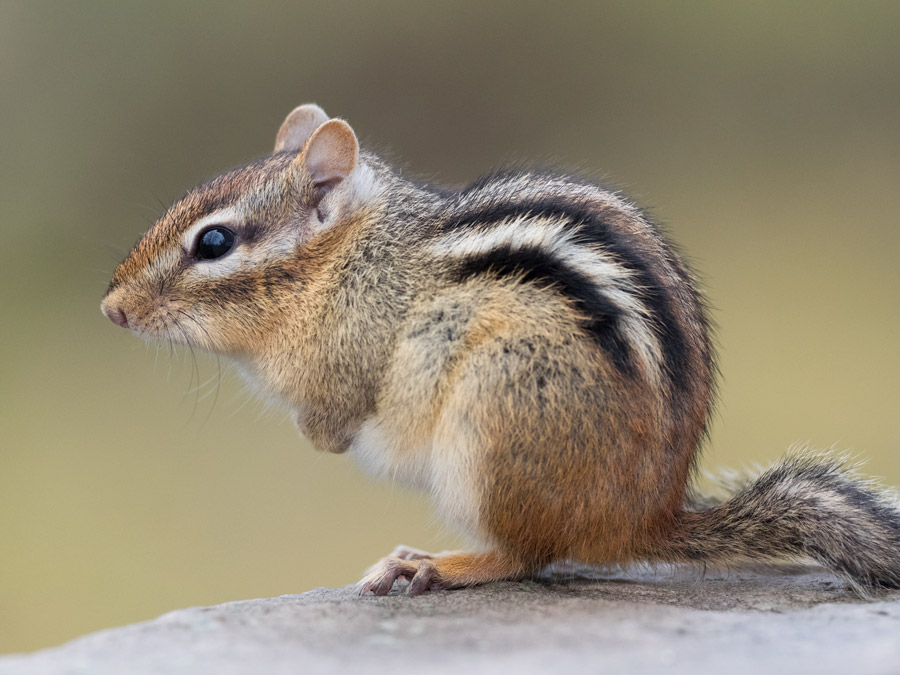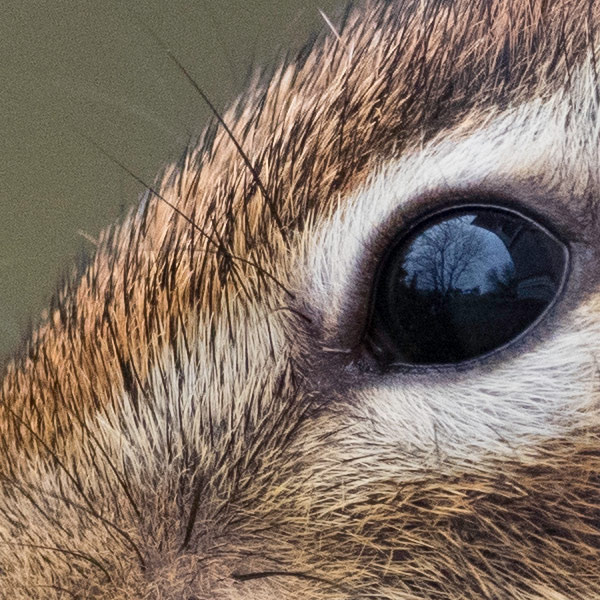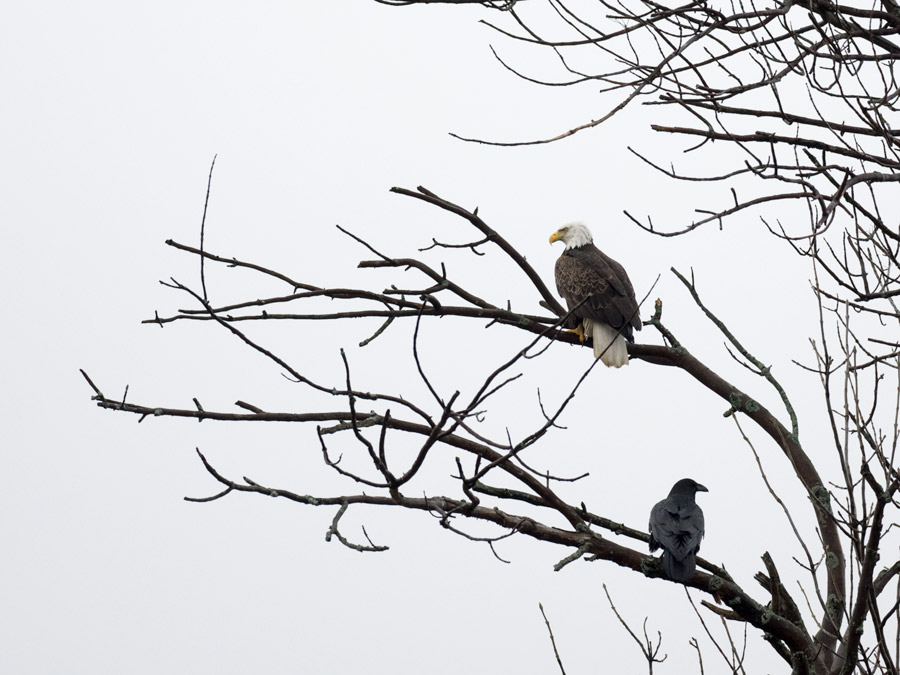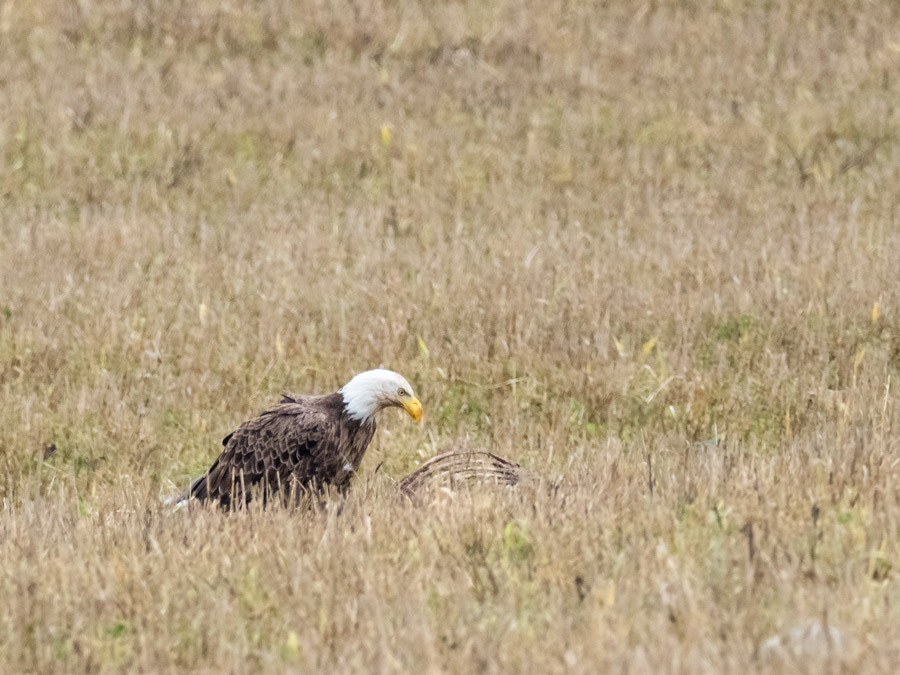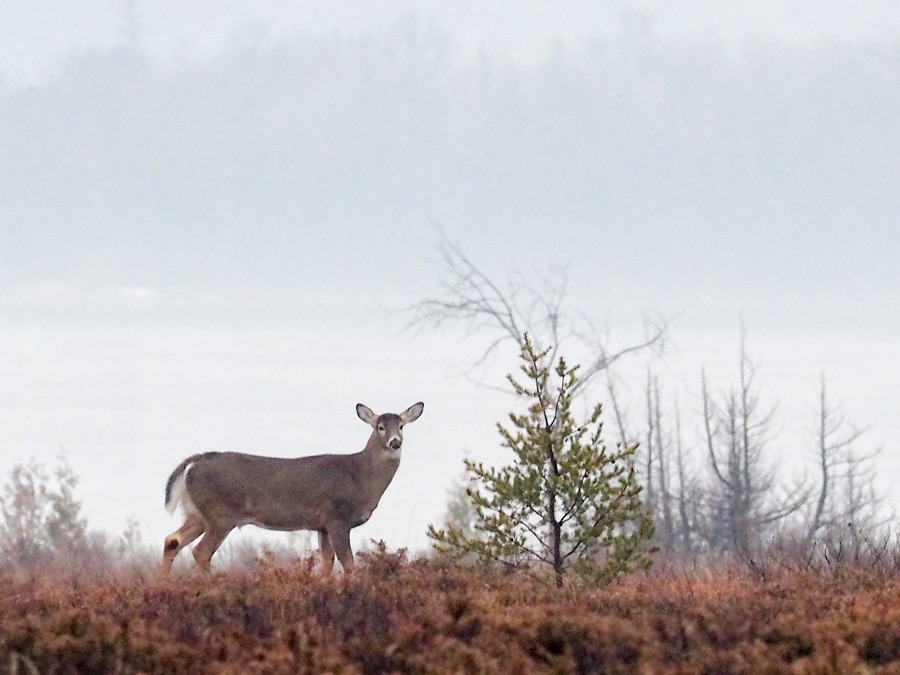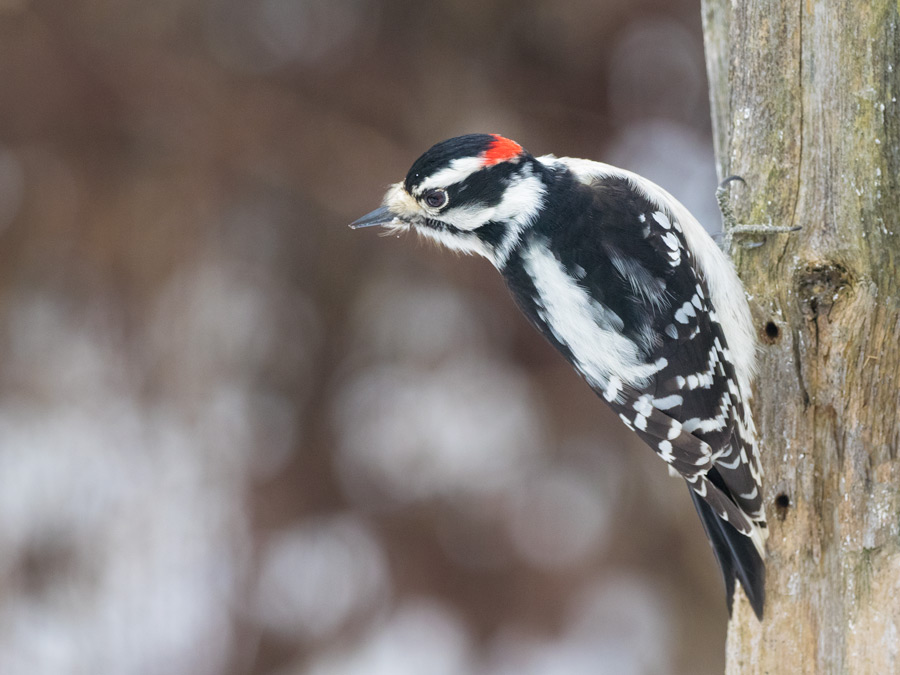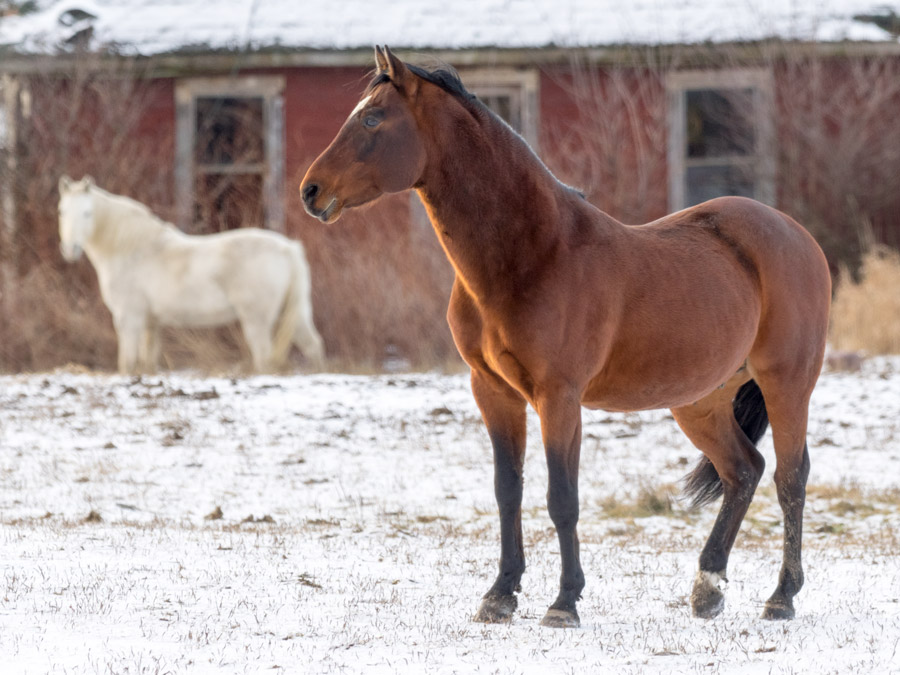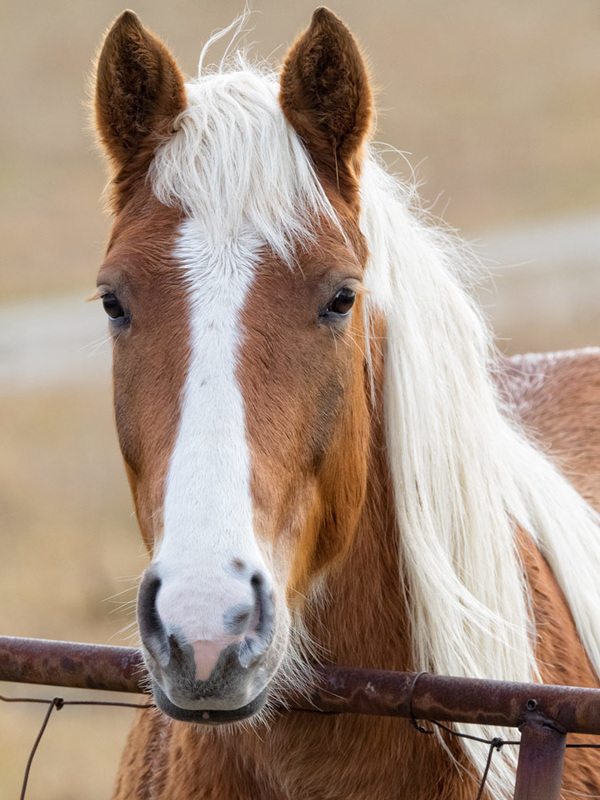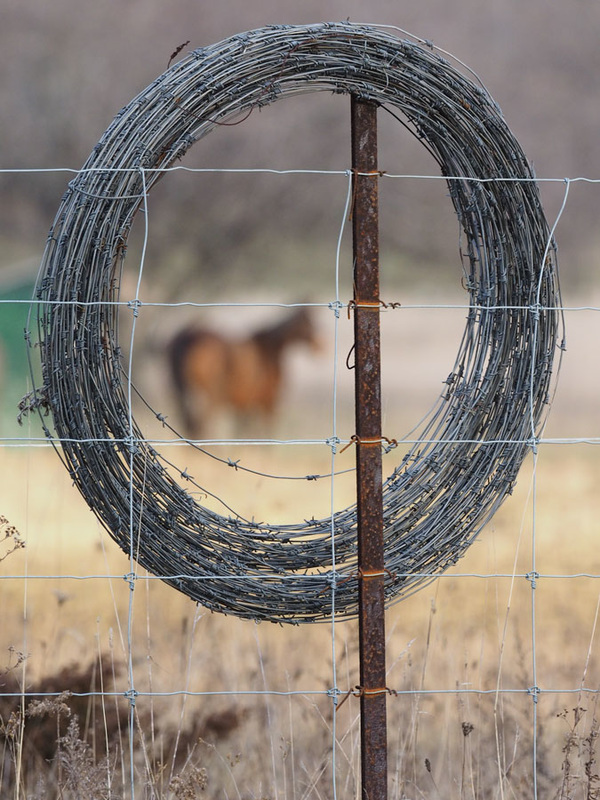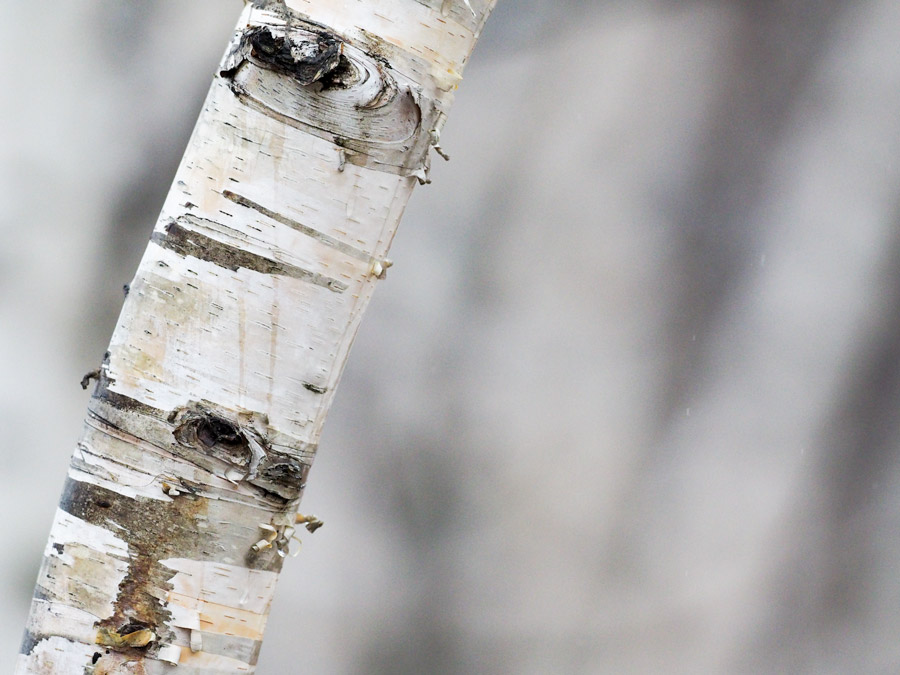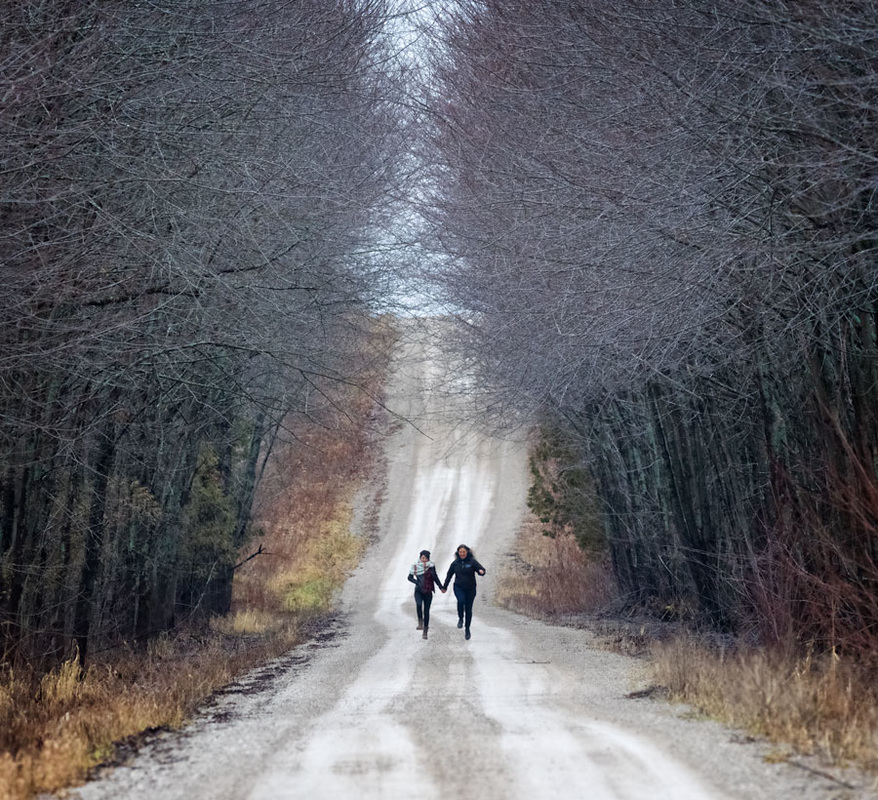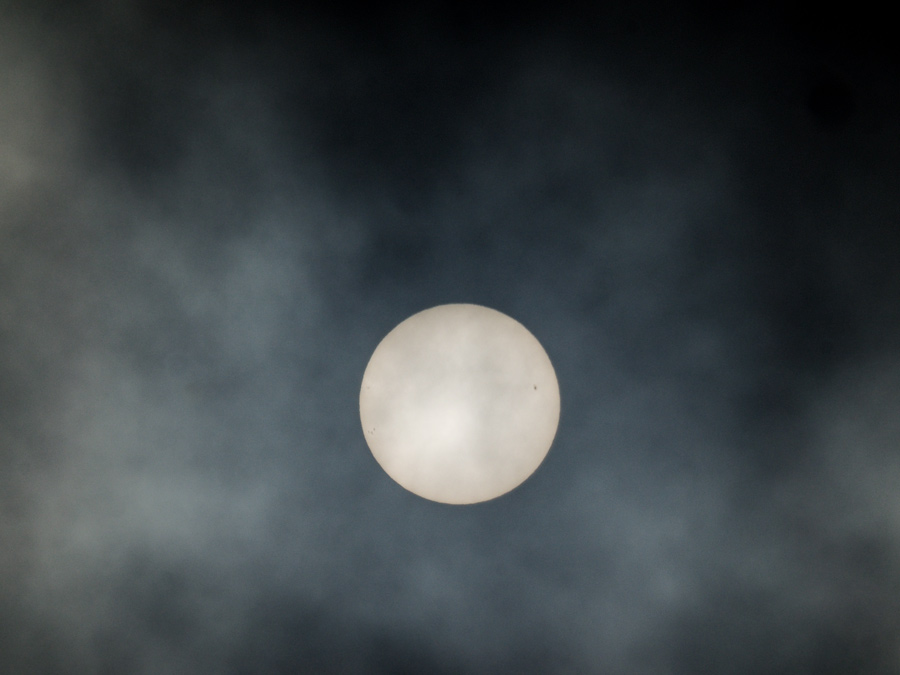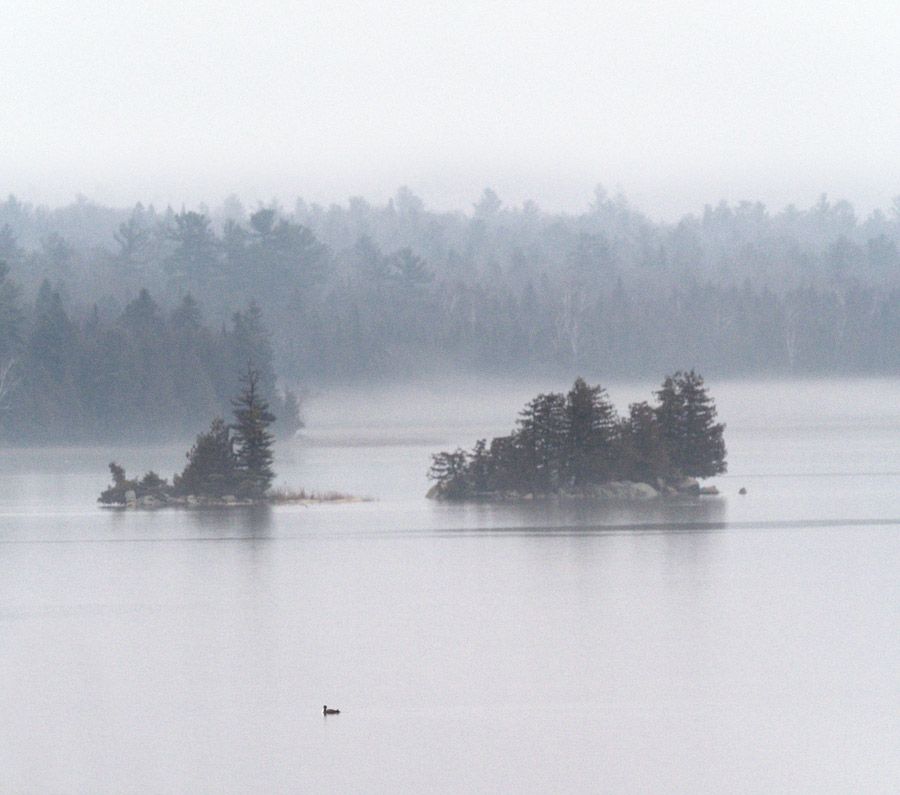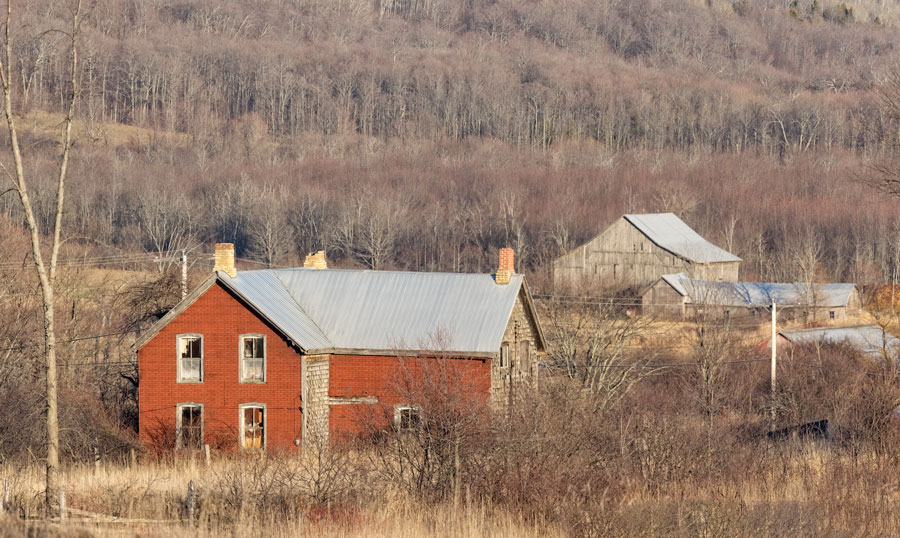|
Like most photographers I am always excited to try out a new lens, but the new 300mm PRO lens from Olympus is one that I’ve been eagerly looking forward to for over two years. I had the opportunity to shoot with the lens for a few days before the official announcement. Here are my thoughts, but be forewarned, this is not a technical review, rather more of an information piece with some of my first impressions thrown in.
The PRO line-up of lenses began with the 12-40mm back in 2013, then progressed to the 40-150mm and the 7-14mm. All of these zoom lenses have a constant aperture of f/2.8. The first prime lens in the line-up was the 8mm fisheye f/1.8 PRO lens. This latest lens takes us to the other end of the focal-length spectrum by offering a super-telephoto family member. All of the previous PRO lenses have been highly regarded by both photographers and reviewers alike. Given my first few days of shooting with it, I believe the M.Zuiko 300mm f/4.0 IS PRO will earn an equally respectable place in the line-up.
Before we get too deep into this post, if you'd rather watch than read, check out my "First Impressions" video. Keep in mind that I'm a little better behind the camera than in front of it. ;)
The Physical Characteristics
Over the past year, most of my telephoto shots have been taken with the 40-150mm PRO. As such, perhaps a good starting point is to do a side-by-side comparison of the 300 and the 40-150. Naturally you would expect the 300 to be larger, but with double the focal length you definitely don’t get double the size – a very good thing since Olympus’ greatest selling feature is incredible power and quality in a small, yet robust package. Overall the lens is 227 mm long, has a diameter of 93 mm, with a filter diameter of 77 mm. It weighs in at 1475 g – not an insignificant weight, but remarkably light especially when compared to its direct competition in the marketplace. It will accept the 1.4x teleconverter which brings its overall length to 244 mm and combined focal length to 420mm or 840mm full frame equivalent. When I am out for a day of shooting in the backcountry I don’t want to start the day with a debate over whether I bring this lens or not because of its size and weight. Attached to the E-M1 it has an acceptable footprint in my Lowepro camera bag with room left over for another body and several lenses. This lens is definitely coming with me.
Over the past few days I’ve been out shooting with the 300mm for hours at a time and it is quite comfortable to hold and balance. Since almost all of my shooting with it was hand-held, I wasn’t suffering from dSL-Arm at the end of the day. I also had it out in the rain and snow, and like all of the PRO-level equipment from Olympus, it is ruggedly built and weather-sealed so that is never a worry.
The 1.4x Teleconverter
The MC-14 teleconverter increases the focal length of the lens to 420mm, or an equivalent full-frame focal length of 840mm. I was curious to see what that would do to the reach of this lens and the overall image quality. The moon shots below help to illustrate both. Several of the images in the gallery at the bottom of this post were shot with the teleconverter and showed no deterioration in image quality.
Feature Set
Let's look at some of the features of the 300mm PRO lens. Like the 40-150 it comes with a built-in retractable lens hood – a simple yet quite innovative feature that I appreciate. The mechanism is different from its cousin's, but the operation is essentially the same. Slide it forward and lock it into place with a quarter turn clockwise. When protracted and locked it can easily support the weight of both the lens and body. The focusing ring is large with a nicely knurled surface for easy gripping. Like all of the PRO lenses, manual focusing is engaged with a clutch mechanism on the focusing ring. Pull the ring back to focus manually. Focusing is smooth with solid stops at each end of the focusing range. On the left side of the lens you will find a programmable lens function button (L-Fn). The default setting is "AF Stop" which will deactivate the autofocus and fix the focus at that selected point. The L-Fn button can also be programmed with 26 other functions! Above the L-Fn button are two new features in the PRO lens lineup - a focus limiter and the image stabilization (IS) switch. The closest focusing distance is 1.4m, which is remarkably close for this type of lens. By selecting one of the distance ranges and using one of the auto-focusing modes you are telling the lens to hunt for focus only within that range. This can be a life-saver when tracking wildlife in the forest or insects in your garden. The forward position sets that range between 1.4 - 4 m, while the rear position sets it from 4m to infinity. There is a centre switch position that will provide the entire range of focusing. Although I haven’t done any controlled tests, the auto-focusing is quite responsive and accurate. Perhaps the most important feature in this lens is the dedicated image stabilization - important, since any camera movement can really be amplified when using a super-telephoto lens. This is the only M.Zuiko lens with built-in IS. It works in conjunction with the Olympus 5-axis in-body IS. Conveniently, the image stabilization in Olympus bodies does not have to be turned off. So how well does it work? Incredibly well, I'd say! Press the shutter release half-way down and the IS engages, allowing you to easily frame your shot. Again, I haven’t done any formal testing to see how slow a shutter speed you can use and still get sharp results, but I was shooting as slow as 1/30s and got excellent results. Over the past few days several of my subjects were over 100 meters away and were remarkably easy to frame within the viewfinder. The IS shows off its prowess in handheld video as well. See some of those video links below. Finally, like the 40-150, the tripod collar is removable, but for the 300mm, Olympus has made the mount Arca-Swiss compatible - no more plate to screw on! Definitely a nice touch.
Shooting with the 300mm
This was the one lens that I was most looking forward to when Olympus started developing the PRO line-up of lenses. Although I am not a true wildlife photographer, I live in an area where encounters with nature's fauna are fairly common. Getting close enough to your timid subject however, can be a challenge. For me this lens is a real game changer. Before using it however, I had some concerns.
Is there anything I don't like about this lens? Actually no, but there were a few things that took some getting used to.
Why use this lens? Certainly Olympus shooters and other m4/3 users have been waiting for a high-quality lens for photographing wildlife and sports, the primary reason for owning a super-telephoto lens. Over the few days that I had the 300mm I was able to capture some wildlife and I was quickly convinced that this lens will eventually hold a permanent place in my bag. After satisfying my inner wildlife photographer, I began experimenting with other uses for this lens - and there are several. Perhaps most impressive is the ability of the 300mm to get in close to your subject. I love macro photography, but have often found that the close working distances of a typical macro lens can be a challenge, especially when shooting insects. Although I'm writing this in the winter, I suspect I can be quite unobtrusive in my insect-stalking behaviour come spring. As well, with a macro lens I find myself fighting my own shadow. That will be far less of an issue with this lens. I can't imagine a portrait photographer dumping their portrait lens and shooting solely with the 300mm, but there is interesting potential. When shooting my daughter I was pleased with the soft bokeh created by the lens and the way it compressed space in the background. I shot a few animal portraits as well, and being able to maintain a bit of distance from your subject can be a real advantage. As mentioned, a telephoto lens not only brings your subject in closer, but it compresses space, and that makes it an interesting choice for some landscape applications. I have always liked that layered look of hill after hill after hill fading off into the distance, or a path lined with mature trees all squished together. Will this lens replace your macro, portrait or landscape lens? Not likely. But, investing in this lens will open up a number of photographic opportunities. The 300mm IS PRO is definitely more than a one-trick pony.
Gallery
All of the images below were shot with the M.Zuiko 300mm f/4.0 PRO lens and E-M1 body. For those photographed with the 1.4x teleconverter, the focal length of 420mm has been included. Many of the images are straight out of the camera, but a few were tweaked in Lightroom to improve overall exposure, colours, etc. As well, unless otherwise noted, these images have not been cropped.
Video
I'll be the first to admit that I'm not a videographer, but I really wanted to put the lens' image stabilization to the test. Each clip below is less than one minute long, but helps to illustrate how effective the image stabilization is. The first three clips were hand-held.
25 Comments
Debbie Geehring
1/6/2016 10:38:32 am
I knew you were a talented thespian from having the pleasure of attending your plays on the Manitoulin. Didn't realize what an amazing photographer you are! Olympus is lucky to have you as a spokesperson. Your images were gorgeous! Even with a wonderful lens as this one appears to be, you have to have an eye for beauty and you nailed it. Thanks for this wonderful display and enlightening post.
Reply
1/6/2016 11:45:32 am
Thank you for the insights. I'm looking forward to using this lens :)
Reply
Peter Baumgarten
1/6/2016 10:01:33 pm
Thanks. I'm looking forward to shooting with it again. Cheers!
Reply
10/21/2019 01:18:09 am
I had use this before, it was very nice. I think this is the best lens that I used.
Reply
1/6/2016 09:48:00 pm
Nice demo/shots/videos of Olympus latest (300mm) lens
Reply
1/7/2016 11:04:48 am
One thing to add for the 300mm lens is that the tripod collar and foot is not only removable, but the foot is had the shape of an Arca-Swiss plate so that it can be used directly on the tripod mount without having to buy that extra plate. I checked the m.Zuiko 40-150mm f2.8 PRO lens and is doesn't appear to support that feature, although it would be nice if Olympus would provide a retroactive solution for that.
Reply
Peter
1/7/2016 06:51:22 pm
Thanks for the suggestions, Walt. I have made a couple of edits to reflect them. All the best! 1/7/2016 07:23:19 pm
Peter, Thanks for your response.
Peter
1/8/2016 07:30:15 am
Walt, I was about 5 m away from this little fellow. 1/8/2016 10:48:28 am
That photo is nice and sharp. In the close-up view, the sky with the trees reflect back from the chipmunk's eye.
Gil Gatchalian
1/7/2016 02:10:50 am
Reply
1/9/2016 07:12:20 pm
Hi Peter,
Reply
Peter
1/10/2016 04:59:25 am
Hi Chris,
Reply
1/19/2016 01:44:52 am
I was really looking forward to this lens, I find that reach and quality are what matters to me. I need the equivelant of 600 to 1000mm unless I can get closer by using a boat. I dont like disturbing wildlife at all and prefer reach to record what is happening. the oly 300mm because of the tanking world economy compared to the U.S has my Canadian dollare oegged 32 cents lower now. it was at par. the banks charge more on top of that. So it makes it very expensive right now. my favorite camera store in Calgary Alberta has the 300mm f4 at $3300 canadian plus I pay 12% tax.
Reply
1/23/2016 06:41:08 pm
Thanks for an excellent review.
Reply
1/23/2016 08:36:14 pm
Robin Wong posted his results using the 300mm f/4.0 lens.
Reply
I'm looking forward to picking this lens up in the very near future. Excellent first impression, thank you for the article. I have to chuckle when I read people commenting on the weight of this new lens and the 40-150mm/f2.8. I have shot theater with the old Zuiko 35-100/f2 on an E3, then E5 then E-M1 w/adapter for many years and these new lenses all feel light as a feather after hand-holding the old tank of a lens!
Reply
Kent M. Whitney
3/13/2016 08:26:20 pm
I have had this Great New addition to my other 4 Oly Pro lenses and must say it is a Master Crafted Lens in every way. I am a sport and action shooter and find this lens a bright/sunny day lens for any real action, be-it Basketball, Baseball, Football or Lacrosse! On the other hand the F4 is a killer for night, indoor under poor lighting. Just not fast enough, even when cranking up ISO to the higher ranges... sad to say. Yes, I will keep this jewel but leave it at home for any night sports action, just to difficult to work with. I just placed my order for the older 300mm f2.8, hoping that it will arrive by tomorrow! I have used this lens in the past and it gets the shots. I was hoping that Oly would revise the f2.8 with the IS and other features before jumping in but alas, could not wait any longer. IMHO, one great lens on bright sunny days, for low light or poorly lit action anything, NADA!
Reply
Mike Cheesman (United Kingdom)
2/24/2017 01:31:31 am
Dear Peter - I'm an Olympus E-M1 owner and have been considering buying the lens you reviewed. It was great to have such good examples of wildlife photography - both still and video - taken with this lens. All of my shots are taken without the use of a tripod and my one remaining concern was how it might perform 'hand-held' even with the combined IS of camera and lens. Your excellent review and examples have resolved my worries and I'll be ordering the lens in the next few days.
Reply
Peter
2/24/2017 09:07:43 am
Hi Mike.
Reply
2/18/2023 06:43:02 am
Excellent article! Thank you for your excellent post, and I look forward to the next one. If you're seeking for discount codes and offers, go to couponplusdeals.com.
Reply
Leave a Reply. |
AuthorPeter Baumgarten is a professional photographer and educator. He is also an Olympus Visionary and NiSi Official Photographer. Categories
All
|
